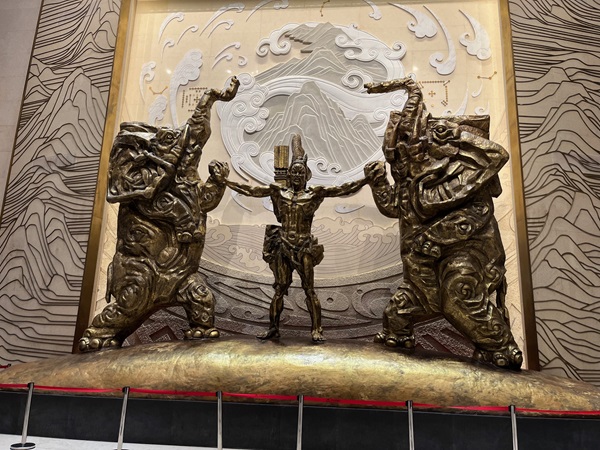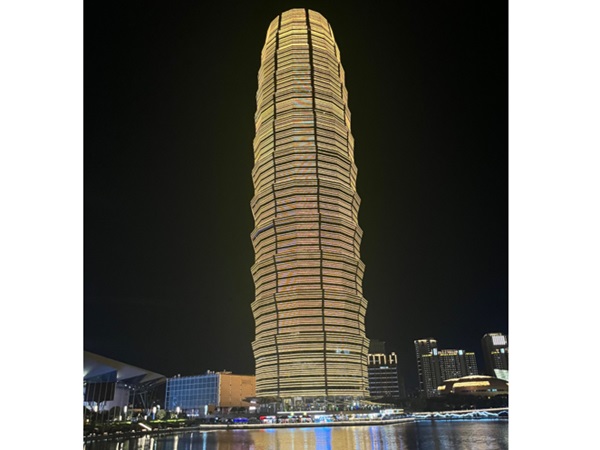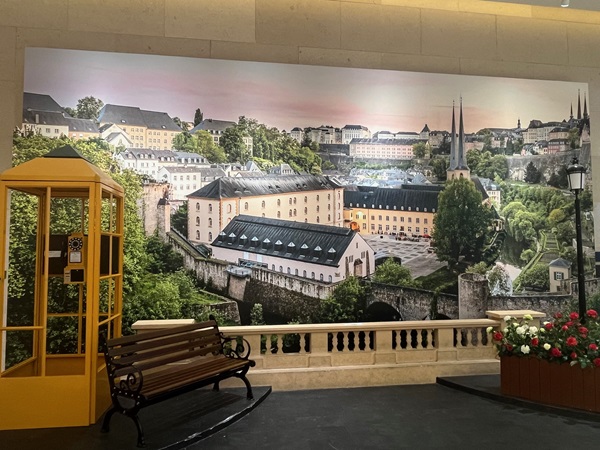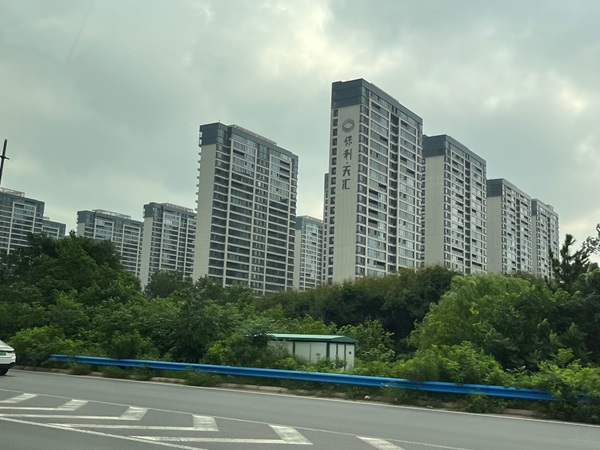 Henan Museum in Zhengzhou;
Credit: Chronicle.lu
Henan Museum in Zhengzhou;
Credit: Chronicle.lu
Continuing my series of articles on my recent visit to Henan proving in China, this one focuses on what we got up to in Zhengzhou, the capital.
The Henan Museum is a must-see, with all display panels presented in both Chinese and in English, as was the case for most museums.
We saw over exhibits from the stone age, including arrowheads; they grew rice there over 9,000 years ago and there were musical instruments (flutes) just as old (pan pipes were discovered being 3,000 years. Shells were a currency, with many being buried with their owners. And pottery dates from 7,000 years ago too, with different designs per province. There were many bronze artifacts, including wine containers (used for burial, terracotta was used for daily use). Porcelain has been found dating back to 3,600 years ago, and animal bones were also found with inscriptions. Jade and gold were used when burying nobility, with iron also used later (from Mesopotamia).
And Luxembourg has an exhibition there, quite a sizeable one in fact, lent from the MNHA and occupying no less than four rooms which even included two Roman Mosaics: this temporary exhibition was opened in March for around six months. It also has a section that addresses the Air Silk Road initiative and its collaboration with Cargolux, highlighting once again the high esteem that Luxembourg (and its involvement at various levels) is held in the Henan province, in particular. Previously, a temporary exhibition in Luxembourg's MNHA museum focussed on Henan's history.
Walking around the museum, I received a lot of stares and smiles in equal measure; it was not because I stood out by looking European, but because I was speaking English. Apparently all primary school children in Henan start learning English when they are around 6 or 7 years old.
In the evening, one of the things to do is go into the city centre, to the Qianxi tower which is a modern construction based on the Songyue pagoda; it is nicknamed the Corn Pagoda as it resembles a sheaf of corn, and the tower, surrounding lake and restaurants reminded me of the Burj Khalifa in Dubai. It is 280m tall and cost two billion Yuan to build over a five-year period from 2003-2008. There is public access to a viewing gallery on the 58th floor, almost at the top, which offers unparalleled views of the city which is spread over 7,754 km2 and has 13 million inhabitants. While much of the upper floors house a US hotel, the bottom half is split into offices, not unlike a World Trade Centre. It offers a bird-eye view of the 700m Yuan Italian-designed art / exhibition centre which resembles a butterfly from above.
For the main / introductory article on my trip to Henan, please click here.













